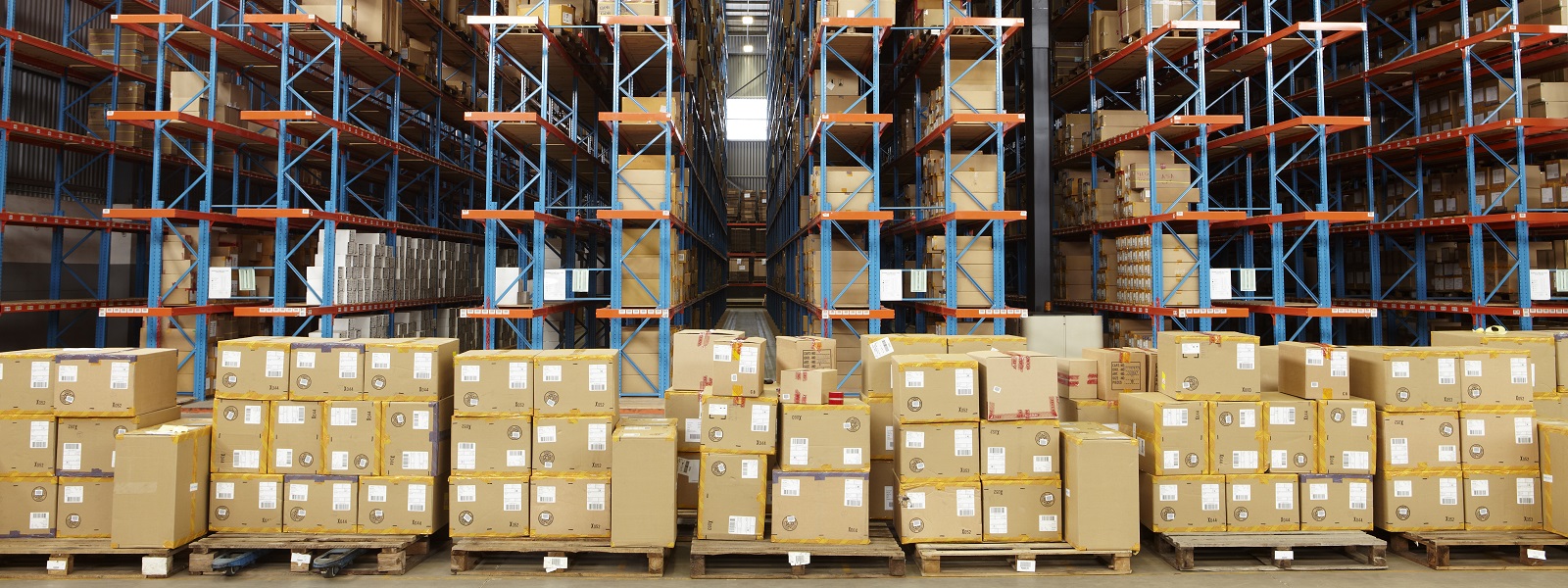Even with the exceptional deal activity seen in 2021, the mining & metals sector saw a run of M&A transactions in 2022 not seen in a decade, resulting in a grand total of 288 deals worth US$88.2 billion for the year. Net activity was down just 2% year-on-year in value terms due to weaker performance earlier in the year, but the sector massively outperformed global aggregate M&A activity, which experienced a 34% year-on-year decline in deal value. Markets are now waiting to see if the uptick proves sustainable.
In January 2023, the IMF revised its growth outlook for global GDP from 2.7% upward to 2.9% due to the surprising resilience of consumer demand and US and European labor markets. Growth in 2024 is forecast to hit 3.1%, still below the historical average of 3.8% due to high interest rates, a strong US dollar and recession risks across emerging markets.
Mining & metals are primed to perform strongly regardless of how economic conditions develop as the energy transition continues to accelerate, prompting strong and growing demand for critical minerals such as copper, nickel, lithium and cobalt; expanding vertical integration between miners and end-users; and rising decarbonization investments among metallurgical firms looking to reduce or eliminate their emissions.
What’s up, doc?
Copper prices have historically been used to gauge the health of the economy, correlating with recession risks so strongly as to earn the metal the moniker “doctor copper.” As economic growth cooled, prices fell from highs seen in the first half of last year, but made gains in recent weeks based on hopes of stronger demand in China linked to the ending of zero-COVID policies.
Despite lingering demand weakness, market players are seeking deals to expand their copper portfolios with the expectation that lower levels of historic investment into the supply side will offer considerable future upside (as supply contracts). The long-term demand outlook remains highly positive as copper is a core input needed for EVs, batteries, wind and solar power units, and wiring needed for electrification and decarbonization more generally.
One of the highlight deals of 2022, Rio Tinto’s US$3.3 billion acquisition of the remaining 49% stake in Turquoise Hill Resources, exemplifies the long view major miners are taking when it comes to copper.
The deal gives Rio Tinto a 66% stake in Oyu Tolgoi, the world’s largest known copper and gold deposit located in Mongolia. Not only is the project itself highly prospective, but Mongolia’s direct rail and road access to the Chinese market offers Rio a competitive advantage—China is the world’s largest refiner and consumer of copper.
At the same time, shorter-term volatility in the copper market continues to pose risks for miners looking to acquire new projects as interest rates have risen. Uncertainty dogs the short- to medium-term demand outlook as US manufacturing PMIs have pointed to contraction for three consecutive months, European data points to stabilization without much growth, and manufacturing in China is stabilizing but has also not yet shown consistent growth. These potential downside pressures are holding back a breakout for copper prices.
Higher borrowing costs and ongoing disagreements over the proper valuation of copper assets still pose challenges for a further acceleration of copper-related M&A activity in 2023.
The ideal hedge?
Whereas copper performs best when economies are booming, gold primarily trades as a hedge against inflation and economic uncertainty. As the Federal Reserve has slowed rate hikes and uncertainty remains despite greater upside for global growth, gold has seen renewed price volatility that has yet to lead to a sustained price rally toward the post-invasion highs of March 2022. However, a decade of underinvestment in new supply and gold’s prevalence as a byproduct of critical minerals—typically copper and occasionally nickel—are now driving renewed interest in gold M&A.
The acquisition of Yamana Gold by Agnico Eagle Mines and Pan American Silver in a cash-for-shares transaction valued at US$4.8 billion, one of the largest deals in 2022, speaks to this.
Not all gold M&A activity, however, was driven by market factors in 2022. Cyprus-headquartered Wandle Holdings Limited divested a 30% stake in Polyus PJSC, the largest gold miner in Russia and among the fifth largest in the world, for approximately US$6.6 billion in March following the Russian invasion of Ukraine. Said Kerimov, the beneficial owner of Wandle and son of sanctioned Russian billionaire Suleiman Kerimov, resigned from the board and conducted the sale to reduce Wandle’s holding below 50%, and thus avoid EU sanctions imposed on him.
Amid persistent uncertainty, gold offers additional upside for miners in 2023, even though inflation is tailing off.
Outlook
Mining sector M&A closed 2022 with a flurry of activity that appears set to continue into 2023. For instance, Newmont Corporation, the world’s largest gold miner, has approached Newcrest Mining, Australia’s largest gold miner, with a non-binding offer of US$17 billion to acquire it.
Market conditions for M&A activity have shifted significantly since Q1 2022. Moderating inflation and changes in interest rates are reducing uncertainty about the financial costs of large transactions and asset valuations. Industrial metals miners will be sensitive to any weakening of demand in 2023 as the growth slows. This has the potential to weigh on deal activity in industrial metals, as miners seek to control costs and may wait for prices to weaken before targeting acquisitions.
Other miners will seek deals to mitigate risks by securing supply or demand, access to reserves and financing for future investment. Joint ventures have become a particularly popular form of investment as a result. Ford, Huayou Cobalt and Vale have agreed to launch a joint venture (JV) building a high-pressure acid leach (HPAL) nickel refining plant near a nickel mine in Sulawesi, Indonesia.
Similarly, Ivanhoe Electric secured a US$126 million equity investment from Saudi miner Ma’aden in an agreement to form a JV and open 48,500 sq. kilometers of land in Saudi Arabia for exploration. Vertical integration and JV agreements are likely to continue as market participants navigate short-term risks.
Looking past the short-term, demand for metals that clear the path for the energy transition is set to march steadily higher. Firms with large portfolios of copper, nickel and lithium are likeliest to benefit. We may also see further consolidation in the gold mining sector as mid-caps seek to scale up to better capture investor interest.





